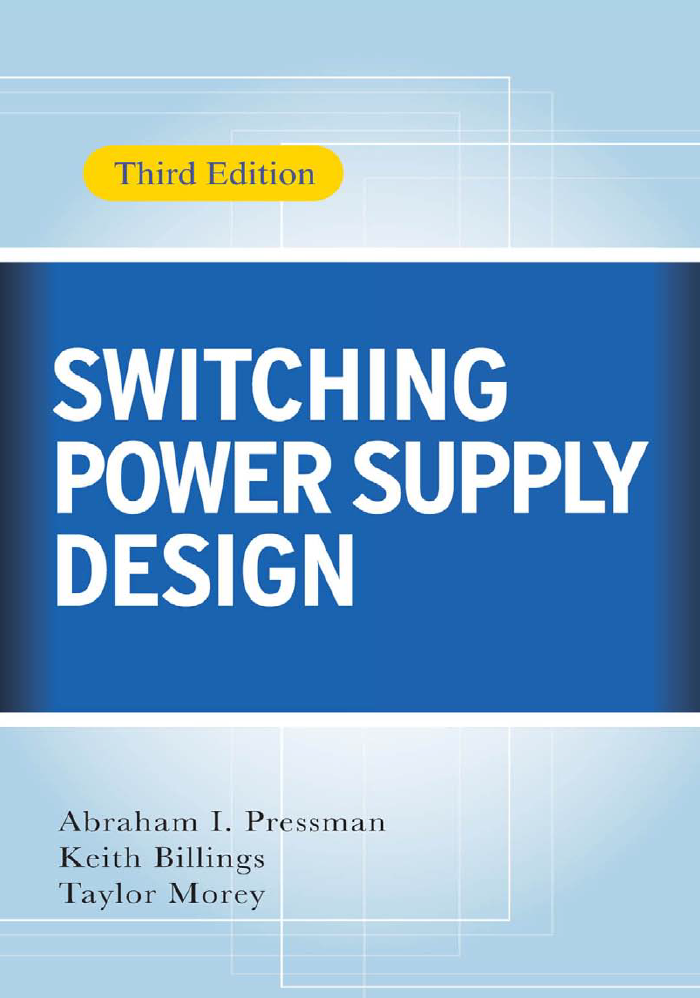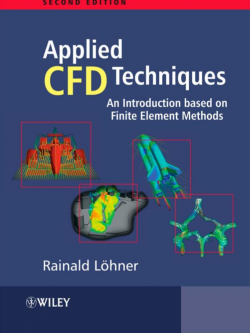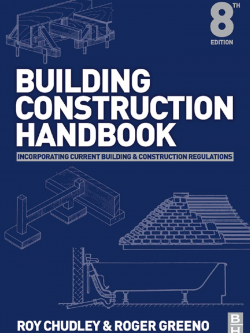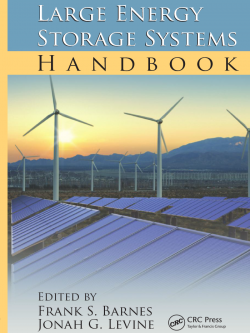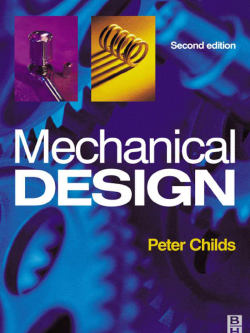Description
Not many technical books continue to be in high demand well beyond the natural life of their author. It speaks well to the excellent work done by Abraham Pressman that his book on switching power supply design, first published in 1977, still enjoys brisk sales some eight years after his demise at the age of 86. He leaves us a valuable legacy, well proven by the test of time. Abraham had been active in the electronics industry for nearly six decades. For 15 years, up to the age of 83, Abraham had presented a training course on switching design. I was privileged to knowAbraham and collaborate with him on various projects in his later years. Abe would tell his students that my book was the second best book on switching power supplies (not true, but rare and valuable praise indeed from the old master).
When I started designing switching power supplies in the 1960s, very little information on the subject was available. It was a new technology, and the few companies and engineers specializing in this area were not about to tell the rest of world what they were doing. When I found Abraham’s book, a veil of secrecy was drawn away, shedding light on this new technology. With the insight provided by Abe, I moved forward with great strides.
When, in 2000, Abe found he was no longer able to continue with his training course, I was proud that he asked me to take over his course notes with a view to continuing his presentation. I found the volume of information to be daunting, however, and too much for me to present in four days, although he had done so for many years. Furthermore, I felt that the notes and overhead slides had deteriorated too much to be easily readable. I simplified the presentation and converted it to PowerPoint on my laptop, and I first presented the modified, three-day course in Boston in November 2001. There were only two students (most companies had cut back their training budget), but this poor turnout was more than compensated for by the attendance of Abraham and his wife Anne. Abe was very frail by then, and I was so pleased that he lived to see his legacy living on, albeit in a very different form. I think he was a bit bemused by the dynamic multimedia presentation, as I leisurely controlled it from my laptop. I never found out what he really thought about it, but Anne waved a finger and said, “Abe would stand at the blackboard with a pointer to do that!
When McGraw-Hill asked me to co-author the third edition of Abe’s book, I was pleased to agree, as I believe he would have wanted me to do that. In the eight years since the publication of the second edition, there have been many advances in the technology and vast improvements in the performance of essential components. This has altered many of the limitations that Abe mentions, so this was a good time to make adjustments and add some new work.

